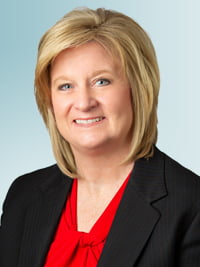Our previous blog discussed the history of automatic enrollment, how it works, and the pros and cons of implementation. SECURE 2.0 was passed on December 29, 2022. Section 101 mandated automatic enrollment for new 401(k) Plans and 403(b) Plans that were established after that date.
Automatic enrollment is required to be implemented for plans established after 12/29/2022 starting with plan years beginning January 1, 2025. However, there are a few exemptions from this requirement.
Who is exempt?
- SIMPLE 401(k) Plans and SIMPLE IRAs
- Governmental and church plans
- Plans that are sponsored by an employer that normally has less than 11 employees
- New businesses during the first 3 years of existence
What is required?
- Must meet the requirements of an EACA (Eligible Automatic Contribution Arrangement)
- Must allow for the 90 days withdrawal provision for a participant that is auto-enrolled but did not make a declination election
- The required initial contribution rate is not less than 3% and not more than 10%
- Must provide for automatic increases annually
- Increase is effective on the first day of the next plan year
- Annual increase is in 1% increments, capping at a minimum of 10% (or maximum of 15%)
- Must comply with the QDIA (Qualified Default Investment Arrangement) rules
What is a Grandfathered Plan?
The new automatic enrollment rules apply to plans established after December 29, 2022. But what does that mean? Notice 2024-2 clarified what a “grandfathered plan” is. The key factor in making this determination is when was the document adopted, not effective. The plan had to have been adopted prior to 12/29/2022. Adopted means signed. For example, XYZ company signed a new plan document on November 1, 2022 with an effective date of January 1, 2023. This plan is not subject to the automatic enrollment rules.
Challenges for small employers adopting new plans
Adopting a new 401(k) plan has historically come with some challenges for small employers getting it up and running. They typically don’t have the infrastructure in place for dedicated attention to the plan. That was before automatic enrollment was a requirement. Now a new plan sponsor will need ensure all eligible employees are automatically enrolled at the proper time. Additionally, they will need to ensure that the contribution rates for those that are automatically enrolled are increased annually up to the cap established by the plan sponsor. Employee education about the plan is going to be critical. Employees need to understand what happens if they do not make an affirmative election.
The above is an overview of the new automatic enrollment rules. Please contact us to schedule a consultation if you have questions regarding how automatic enrollment will impact your plan.





